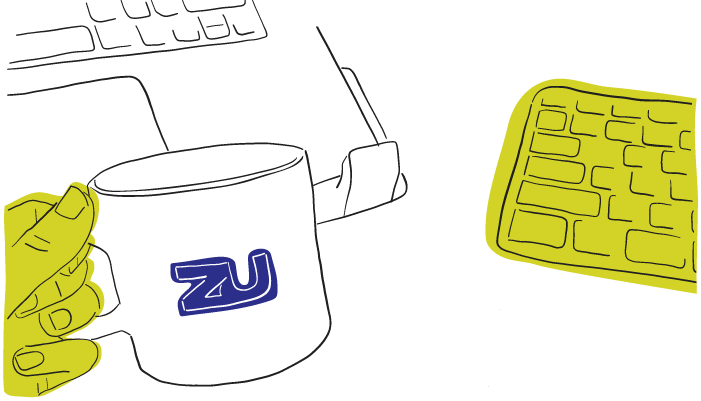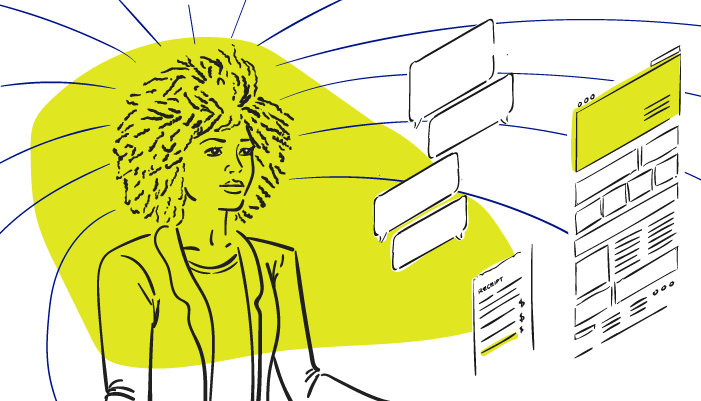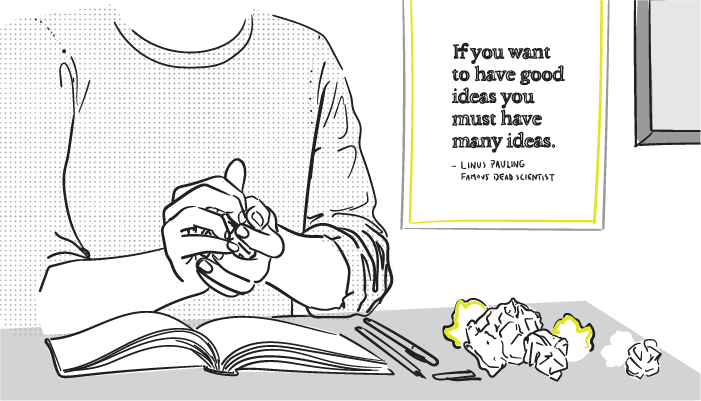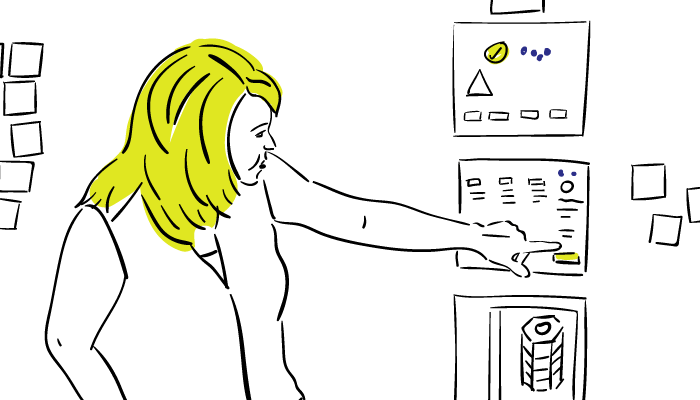
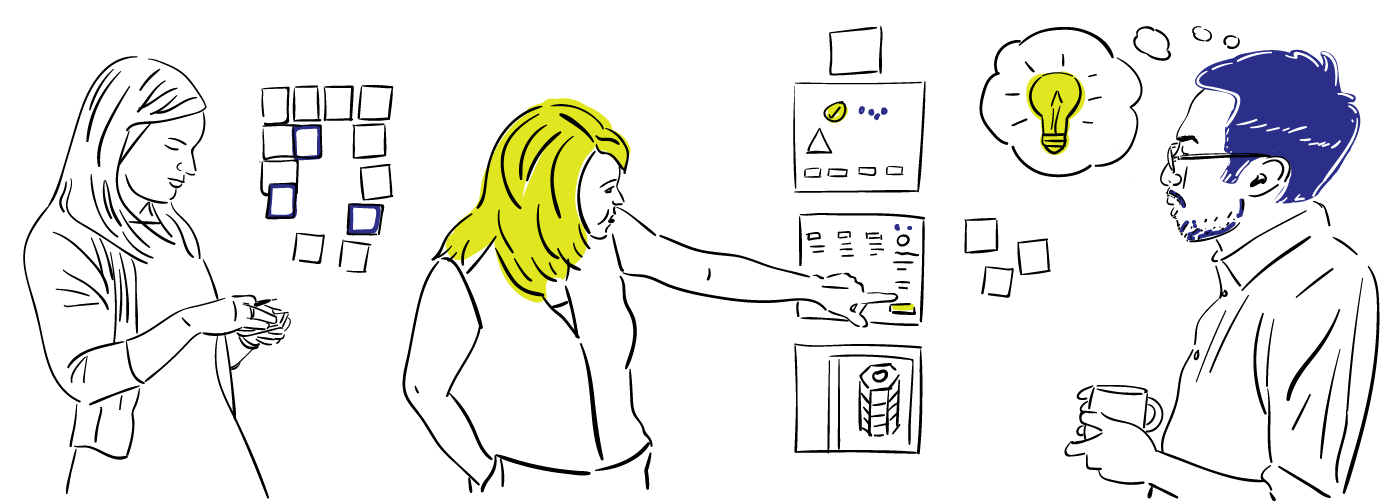
Some insights on the Google Design Sprint
Some insights on the Google Design Sprint
Read the articles inspired by the research, knowledge and experiences of our leading strategists, designers and developers.
For the past two years, we’ve been using and re-mixing methods from the book Sprint: How to Solve Big Problems and Test New Ideas in Just Five Days by Jake Knapp, John Zeratsky, and Braden Kowitz. Jake invented the design sprint process while at Google, and perfected it by running over 150 sprints with startups at Google Ventures. We bought into the concept almost immediately when we first read about it -- spend just five days going through a process that results in a testable prototype to validate (or invalidate) a hypothesis with real users, before sinking a bunch of time, money, and resources into building the wrong thing? Sign us up!
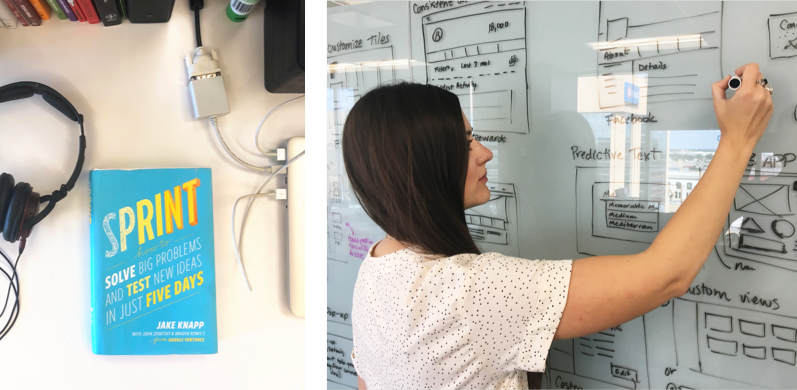
Not too surprisingly, we found it can be difficult for client stakeholders to clear their schedules for five straight days to go all-in on a full sprint. Consequently, we’ve used the sprint methods in parts, and in combination with our other design thinking tools, to successfully problem-solve and strategize within project constraints. But we’ve been itching to run a five-day, “by the book” sprint for ages, especially after soaking up a ton of inspiration at the inaugural Sprint Conference last year at Google. So we were thrilled when we recently got the chance to facilitate some five-day design sprints with our innovative partner, Farm Credit Canada.
We’re pleased to report the sprints have been a smashing success. We had a lot of faith in the process going in, but I have to admit, we were still a little surprised at just how effective it was. Here are our top takeaways after facilitating some full sprints.
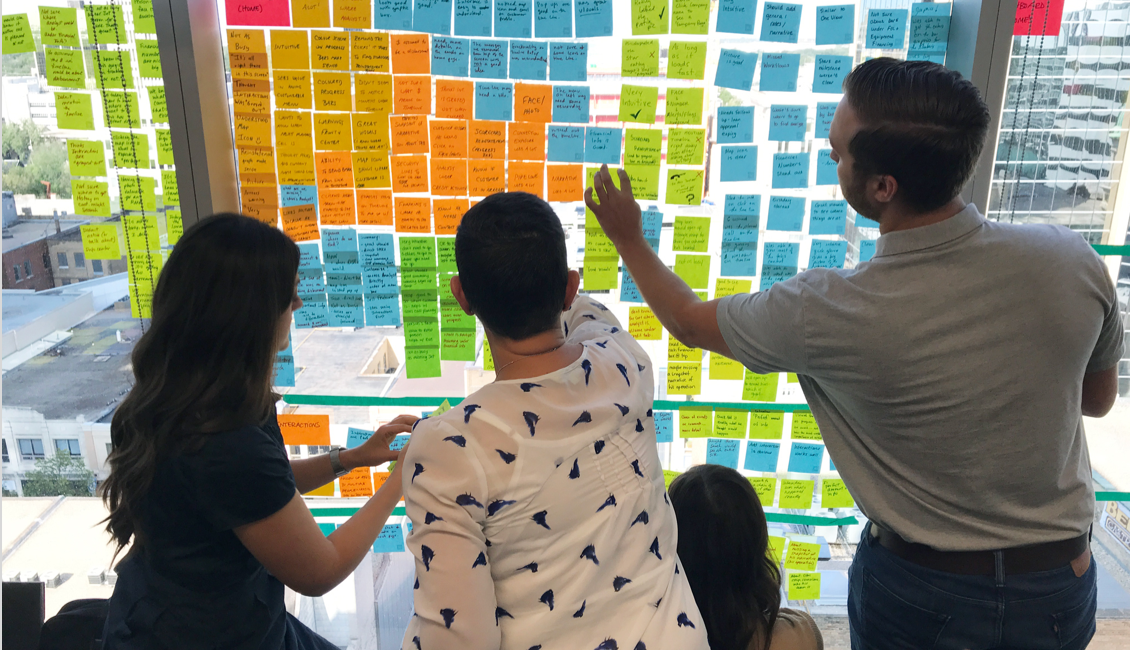
The process works.
Each time we’ve run a sprint, we trusted in the process, and asked the team to do the same. The teams found that each step in the process had meaning and purpose, and they particularly liked that each day had a theme, which kept them from getting too far ahead of themselves. They liked the pacing, feeling like it pushed them to be efficient, but didn’t burn them out. Moreover, participants have unanimously agreed that this is the fastest they’ve ever moved on any product design. Some participants have said it would normally take them months to get as far as we did in five days.
People are key.
The process works, but it’s not foolproof. A key ingredient to running a successful sprint is having the right people in the room -- including the facilitator(s). Our facilitation experience has helped us turn things that could have been big roadblocks -- like having to bust out a card sort mid-storyboard, or making last-minute adjustments so that a co-facilitator could participate remotely -- into manageable speedbumps. Inviting the right people to be part of the sprint team is critical, and having the right Decider in the room is particularly crucial to keeping things moving forward. The Decider needs to be especially trusting of the process, as they will set the tone for the rest of the group. The Decider’s influence can help keep things on track, or derail everything.
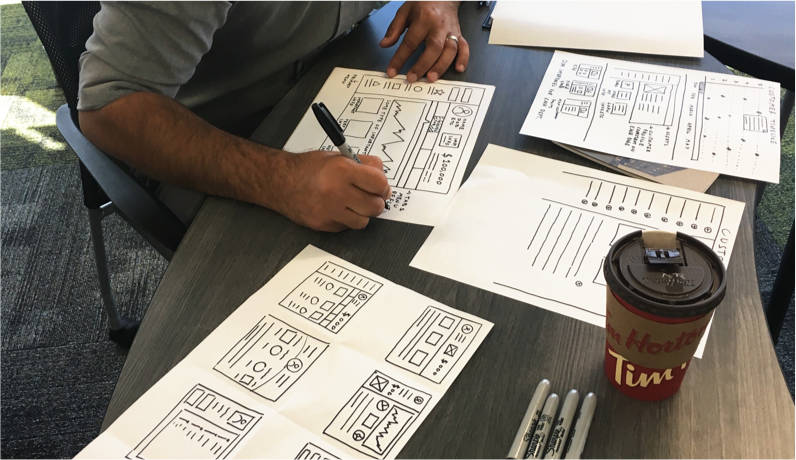
It can be an emotional roller coaster.
Typically during the afternoon of Day 3, people start to get nervous, wondering how on earth we’re going to be able to build a prototype the following day when we all we’ve done so far is write and sketch on whiteboards and paper. That apprehension turns to excitement by the end of Day 4 when the prototype is complete, and everyone realizes what they’ve accomplished. The Sprint book advises, “start slow so you can go fast,” and seeing a testable prototype come together on Day 4 hammers that home.
The prototypes are...good.
Following the process results in prototypes that aren’t just filled with fluff: they have a focused purpose and carefully thought out content. They aren’t (and shouldn’t be) pixel-perfect, but they are real enough to solicit genuine reactions and meaningful feedback from testers on Day 5.
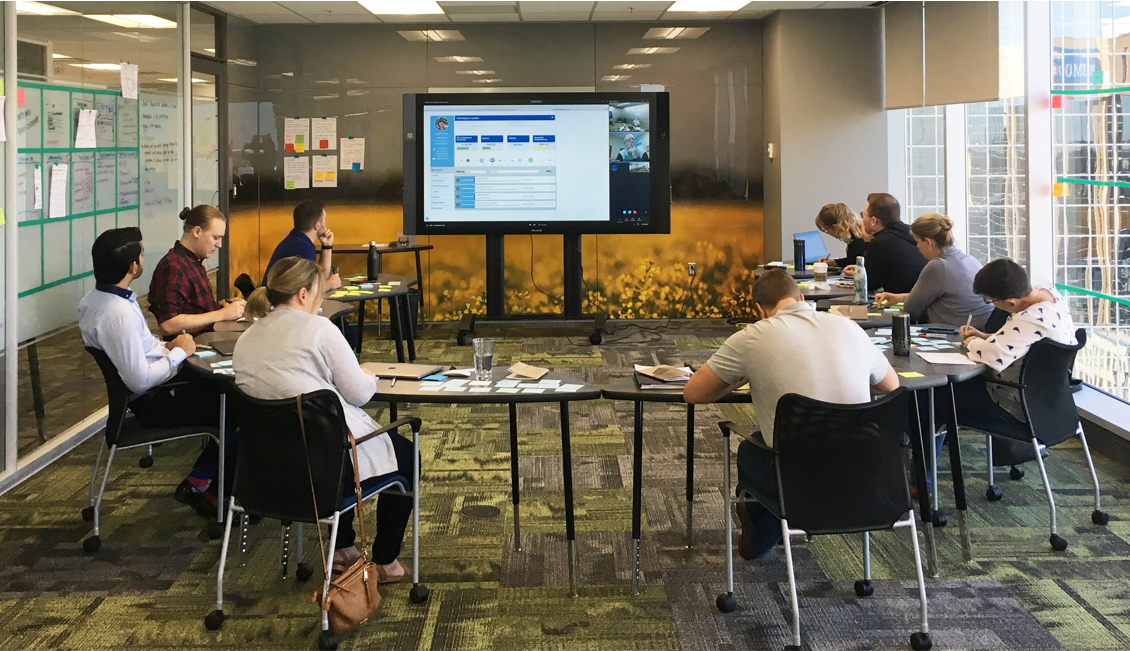
Make a post-sprint plan.
The sprint is the beginning, not the end. It will be difficult to maintain or build on momentum from the sprint if everyone has to go back to their regular jobs on Monday, and there’s no strategy in place for moving things forward. Plan ahead.
We’ve clearly become big fans of design sprints, but don’t just take our word for it. Here’s what participants have had to say:
- “The week we spent is going to save a lot of time and money in the field.”
- “To go from just an idea in everybody’s heads to get to the point where we can show it to people in just five days is incredible.”
- “We get stuck in decision mode all the time and this lets us accelerate through them.”
- “We can’t wait to do this again.”
We can’t wait to do this again either, so if you’ve got a challenge you think might benefit from a design sprint, we’d love to chat. Watch for more sprint goodness from us after we get back from the second annual Sprint Conference at Google in October.

